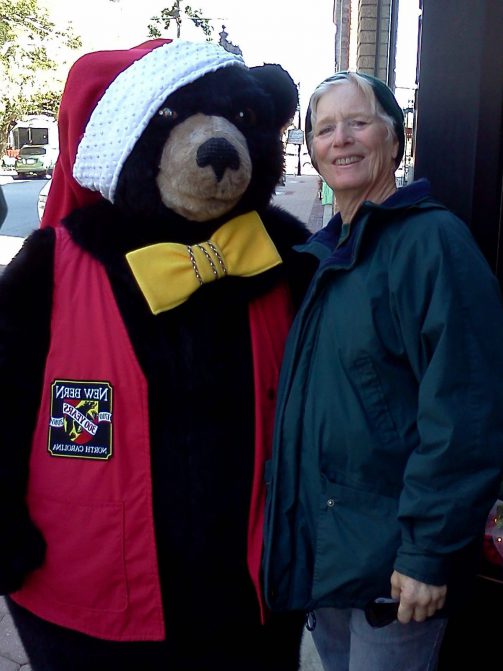Hello again, my friends. Do you know how to equate heights of natural critters to buildings? I sure don’t, but these books might help you see the bigger picture. The series is called “Animals Measure Up,” and each book discusses a different ecosystem.
How High in the Sky: Flying Animals
Monika Davies
Illustrated by Romina Marti
This book focuses on flying creatures. First up is the enchanting ladybug whose gossamer wings come out from under the ladybug’s shell on her back. Next up is the Monarch butterfly which “rides” the wind and flies even higher than the ladybug. Like a scale, the creatures in this book each fly higher than the last. Next is the funny looking Frigate with its red sac hanging down from its throat. But the Andean condor has it beat, until the common place Mallard flies above it. And the bar-head goose can fly over the Himalayas. These critters all have something in common. They all take to the skies with the greatest of ease. Though stylized, the illustrations are a charming addition to the words. It would have been nice to have the Frigate bird’s red sac explained. And some of the comparison might have been made a bit clearer. Would a child be able to visualize how high a building is or high a helicopter can fly?
BIBLIO: 2018, Amicus Illustrated/Amicus, Ages 5 to 8, $20.95.
REVIEWER: Sarah Maury Swan
FORMAT: Picture Book
ISBN: 978-1-68151-388-1
How High in the Rainforest? Rainforest Animal Habitat
Monika Davies
Illustrated by Romina Marti
This book focuses on rainforest creatures. Starting below ground level, in the dark, fertile soil, you can find all kinds of critters. Centipedes, slugs, beetles, and termites “recycle” dead leaves and fertilize the soil with their waste. The bugs provide food for the forest floor animals. Armadillos dig up the below ground critters for a tasty meal, as do wild pigs and small rodents. In the understory, where smaller trees grow in what sunlight they can find by spreading their broad leaves. Squirrels, red-eyed tree frogs, birds, snakes, and jaguars makes their homes here. Way up above these creatures, is the “roof” of the forest, made up of tree branches woven together to make the canopy. Bigger animals, such as sloths and monkeys and birds, call this area home. But above them, where plenty of sun beams down, live the biggest inhabitants of all. The harpy eagle makes its home up here, as does the spider monkey. And the tree leaves here are small and waxy to capture moisture. Look closely at the illustrations in this book to see all the differences in surroundings and creatures that live there. Teachers should use more images to help their students understand the various concepts of height.
BIBLIO: 2018, Amicus Illustrated/Amicus, Ages 5 to 8, $20.95.
REVIEWER: Sarah Maury Swan
FORMAT: Picture Book
ISBN: 978-1-68151-387-4
How High up the Mountain? Mountain Animal Habitat
Monika Davies
Illustrated by Romina Marti
The mountains are the backdrop in this book. The story starts at the lowest level, called the “grasslands” and mentions creatures such as coyotes, jackrabbits and burrowing owls that roam around the bunchgrasses and cactuses. In the foothills, a visitor will run across scrub jays which live in smaller trees capable of living in more gravelly soil. Next is the “montane” zone where rain and snow fall copiously. Shy “Albert’s” squirrels build their nests in the Ponderosa pines. Aspen trees provide food and shelter for the Rocky Mountain elk, which are especially fond of aspen bark. In the subalpine zone, you can build a snowman most of the year, but it is wet and cold so only plants like spruce and fir trees grow here. Other plants grow close to the ground and the animals are hardy. Look for snowshoe hares and boreal owls here, along with well hidden mice. At the highest level, believe it or not, some plants grow even with all the snow and cold. Here the explorer will find tiny pikas and bighorn sheep. As with the other books in this series, a bit more reference to relatable sizes would be a help. Not all children are spatially adept at imagining height differences. Still, a talented teacher can help her students understand the concepts. The illustrations, though stylized, are charming.
BIBLIO: 2018, Amicus Illustrated/Amicus, Ages 5 to 8, $20.95.
REVIEWER: Sarah Maury Swan
FORMAT: Picture Book
ISBN: 978-1-68151-389-8

